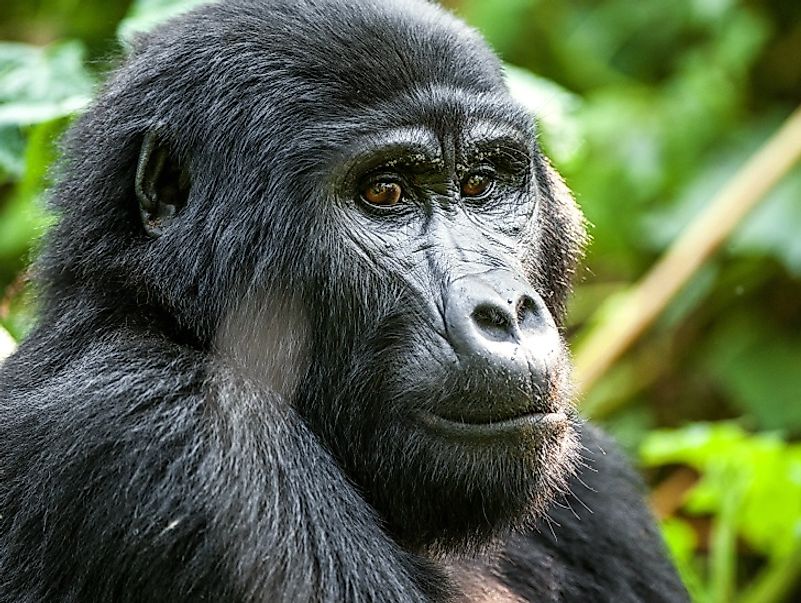Endangered World Heritage Sites In The Democratic Republic Of The Congo

5. Virunga
One of the endangered UNESCO World Heritage Sites in the Democratic Republic of Congo (DRC), the Virunga National Park encompasses an area of 7,800 square kilometers between the northern Rwenzori Mountains and the southern Virunga Mountains. Years of political strife and civil unrest have led to the mismanagement of this park, threatening the existence of fauna like mountain gorillas, chimpanzees, and African elephants that reside in the park. Several clashes between park authorities and civil militants have often been accompanied by bloodshed and death of both the militants as well as the guards of the forest. Indiscriminate poaching of animals at the park have severely depleted their populations in the park. The charcoal industry is also heavily benefiting from the forests of Virunga and has triggered the loss of 14,331 square miles of forests between 2001 and 2010. Another major threat to the park is posed by a United Kingdom-based oil company that plans to explore the park for oil drilling. This could lead to devastating consequences for the flora and fauna of the park.
4. Salonga
Declared a UNESCO World Heritage Site in 1984, the Salonga National Park in the DRC is well-known for its unique repertoire of wild species like the Congo peacock, the dwarf chimpanzee, the “false” crocodile, and the forest elephant. The park spans an area of 36,000 square kilometers in the Congo River basin. Like the Virunga National Park, the Salonga National Park is also subject to adverse impacts resulting from the ravaging civil war in the DRC. Forest guards, often fearing for their life, are forced to flee. Extensive poaching is also decimating the wildlife at the park. Another major threat to the survival of species here is posed by climate change induced rising temperatures. One study estimates that climate change at the current rate would critically endanger 15% of all mammalian species of Africa by the 2050s.
3. Okapi
The Okapi Wildlife Reserve is a UNESCO World Heritage Site in Danger in the DRC. The reserve occupies an area of 14,000 square kilometers in the northeast of the country and is famous for its large okapi population. The park is threatened today by war and poachers. In 2012, the Epulu Conservation and Research Center, a wildlife research center in the park was attacked by a group of poachers and rebels and its animals were butchered, guards were killed and the property vandalized. Such threats continue to exist in the reserve, necessitating immediate action to protect the wild species at the reserve.
2. Kahuzi-Biega
The Kahuzi-Biega National Park is a 6,000 square-kilometer national park in the DRC with a significant population of the Eastern lowland gorilla, one of the last refuges of this species in the world. The animals at the park are subjected to indiscriminate poaching activities. The forest elephant population at this park in the lower altitudes has been completely eliminated by poaching. Gorilla hunting for bush-meat is highly prevalent here. Often, militant groups are responsible for carrying out illegal hunting and mining activities at the park. There are about 918 illegal mining sites within the park. Logging also affects 10% of the forests in the lower altitude and land clearance for cultivation is also largely prevalent.
1. Garamba
The fate of wild species at the DRC’s Garamba National Park is unpredictable as illegal poaching of threatened wild species at this park is pushing them to the brink of extinction. The national park, located in the DRC’s Orientale Province, is currently one of the UNESCO World Heritage Sites in Danger. The Northern White Rhinoceros, the keystone species of this national park, has today completely disappeared from this park and only three surviving captive individuals of this species remain in the world today. The extensive poaching of this species at Garamba National Park, the last wild home to these rhinos, is responsible for such a dire state of these animals. War, poaching, and other adverse anthropogenic impacts continue to disturb the ecosystem at the park and kill off its precious wild species.











